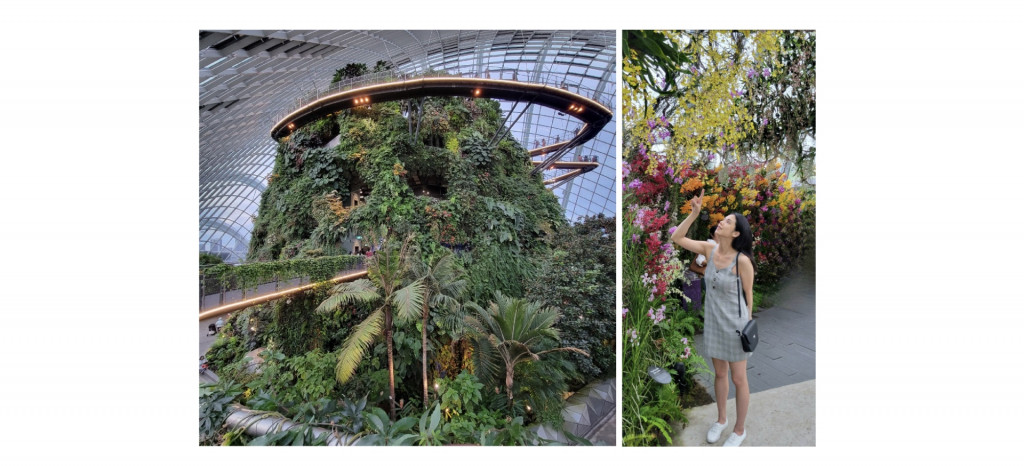
hashtags: #react, #components, #accessibility, #dialog
對話視窗 是一種視窗,會覆蓋在主視窗或是其他對話視窗之上。
在其之下的視窗會暫時停止運作。
用戶只能對當前正在運作的對話視窗進行操作。
在激活的對話視窗之外的內容通常會壓黑或是模糊使其難以辨識,
部分實作中,試圖操作外部內容會使對話視窗關閉。
對話視窗會有自己的表序列,
就是 Tab 跟 Shift + Tab 不能移動焦點到視窗之外。
另外還有一種類似的元件但並不相同的元件 彈窗 不算在此類。
元件必須要標有 role="dialog"。
it("the element that serves as the dialog container has a role of dialog.", () => {
render(<Dialog data-testid="a" />);
expect(screen.getByTestId("a")).toHaveAttribute("role", "dialog");
});
it("all elements required to operate the dialog are descendants of the element that has role dialog.", () => {
render(
<Dialog data-testid="a">
<Dialog data-testid="b" />
</Dialog>
);
expect(screen.getByTestId("a")).toHaveAttribute("role", "dialog");
expect(screen.getByTestId("b")).toHaveAttribute("role", "dialog");
});
type DialogProps = ComponentProps<"div">;
export function Dialog(props: DialogProps) {
return <div {...props} role="dialog" />;
}
標註元件 aria-modal 將會鎖定輔助科技的用戶只能在元件內移動,
因此要格外注意,以下實作才可以標註 aria-modal:
aria-modal 是用來取代在 ARIA 1.1 之前的作法,
早期是透過將外部不可交互的元件全部標註 aria-hidden。
it("the dialog container element has aria-modal set to true.", () => {
render(<Dialog data-testid="a" />);
expect(screen.getByTestId("a")).toHaveAttribute("aria-modal", "true");
});
type DialogProps = ComponentProps<"div">;
export function Dialog(props: DialogProps) {
return <div {...props} aria-modal="true" role="dialog" />;
}
dialog 必須標註 label 作為標題。
有兩種情境的標注方式:
aria-labelledby 對應帶有 heading 規則的元件,像是 h1 ~ h2。aria-label 註記標題即可。describe("the dialog has either:", () => {
it("a value set for the aria-labelledby property that refers to a visible dialog title.", () => {
render(
<Dialog>
<Dialog.Title>This is Title</Dialog.Title>
</Dialog>
);
expect(screen.getByRole("dialog")).toHaveAttribute(
"aria-labelledby",
screen.getByText("This is Title").id
);
expect(screen.getByRole("dialog")).not.toHaveAttribute("aria-label");
});
it("a label specified by aria-label.", () => {
render(<Dialog aria-label="This is Title" />);
expect(screen.getByRole("dialog")).toHaveAttribute(
"aria-label",
"This is Title"
);
expect(screen.getByRole("dialog")).not.toHaveAttribute("aria-labelledby");
});
});
這裡用到了 Compound Component Pattern,
如果不太了解可以到 如何製作月曆 compound components【 calendar | 我不會寫 React Component 】 看詳細說明。
type State = {
labelledby: string;
};
const Context = createContext<State | null>(null);
function useDialogContext(message?: string) {
const context = useContext(Context);
if (!context) {
throw new Error(message);
}
return context;
}
function Title<E extends ElementType>(props: PCP<E, {}>) {
const context = useDialogContext(
`<Dialog.Title> cannot be rendered outside <Dialog />`
);
const Comp = props.as ?? "h2";
return <Comp id={context.labelledby} {...props} />;
}
type DialogProps = ComponentProps<"div">;
export function Dialog(props: DialogProps) {
const id = useId();
const context = {
labelledby: id + "labelledby",
describedby: id + "describedby",
};
return (
<Context.Provider value={context}>
<div
{...props}
aria-modal="true"
role="dialog"
aria-labelledby={props["aria-label"] ? undefined : context.labelledby}
/>
</Context.Provider>
);
}
如果對話視窗的內容能夠簡單概括的話,
可以用 aria-describedby 放便用戶了解內容。
it(
"optionally, the aria-describedby property is set on the element with the dialog role " +
"to indicate which element or elements in the dialog contain content " +
"that describes the primary purpose or message of the dialog.",
() => {
render(
<Dialog aria-label="title">
<Dialog.Description data-testid="desc">
Lorem ipsum dolor sit amet consectetur adipisicing elit. Dolorum at
obcaecati, aliquid modi deserunt reprehenderit maiores nulla soluta
itaque veritatis perspiciatis praesentium repellendus animi beatae
expedita temporibus. Eaque, quae facilis?
</Dialog.Description>
</Dialog>
);
expect(screen.getByRole("dialog")).toHaveAttribute(
"aria-describedby",
screen.getByTestId("desc").id
);
}
);
function Description<E extends ElementType>(props: PCP<E, {}>) {
const context = useDialogContext(
`<Dialog.Description> cannot be rendered outside <Dialog />`
);
const Comp = props.as ?? "div";
return <Comp id={context.describedby} {...props} />;
}
type DialogProps = ComponentProps<"div">;
export function Dialog(props: DialogProps) {
const id = useId();
const context = {
labelledby: id + "labelledby",
describedby: id + "describedby",
};
return (
<Context.Provider value={context}>
<div
{...props}
aria-modal="true"
role="dialog"
aria-labelledby={props["aria-label"] ? undefined : context.labelledby}
aria-describedby={context.describedby}
/>
</Context.Provider>
);
}
關於 [aria-modal][aria-modal] 還有一個要求為:對外部進行視覺模糊效果。
這邊設計成用戶可以自行客製化 Backdrop,
如果沒有提供則會有預設的 Backdrop。
這邊提供了預設,但用戶也可以根據自己需要客製化。
type BackdropProps = ComponentProps<"div">;
function Backdrop(props: BackdropProps) {
if (props.children) {
return <div {...props}>{props.children}</div>;
}
return (
<div
style={{
position: "fixed",
inset: 0,
backdropFilter: "brightness(30%)",
}}
{...props}
/>
);
}
利用之前的 slot pattern 擷取出 Backdrop。
let backdrop: ReactNode | undefined = undefined;
Children.forEach(children, (element) => {
if (!isValidElement(element)) return;
if (element.type === Backdrop) {
backdrop = element;
}
});
// ...
return (
<Context.Provider value={context}>
{backdrop ?? <Backdrop onClick={onDismiss} />}
<div
{...props}
aria-modal="true"
role="dialog"
aria-labelledby={props["aria-label"] ? undefined : context.labelledby}
aria-describedby={context.describedby}
>
{Children.map(children, (element) => {
if (isValidElement(element) && element.type === Backdrop) {
return;
}
return element;
})}
</div>
</Context.Provider>
);
// ...
Dialog.Title = Title;
Dialog.Description = Description;
Dialog.Backdrop = Backdrop;
使用方式像下面這樣。
function AddDeliveryAddress(props: ModalProps) {
return (
<Dialog
className={[
"fixed top-1/2 left-1/2 -translate-x-1/2 -translate-y-1/2",
"bg-white shadow p-8",
].join(" ")}
>
<Dialog.Backdrop>
<div className="fixed bg-red-200 inset-0" />
</Dialog.Backdrop>
<Dialog.Title className="text-blue-800 text-2xl text-center mb-4">
Add Delivery Address
</Dialog.Title>
// ...
為了接下來的規格,
我們需要暫緩元件的部分,先實作一個極為麻煩的程式邏輯,tabbable。
| 中文 | 英文 |
|---|---|
| 對話視窗 | dialog |
| 表序列 | tab sequence |
